Growing willow of Babylon
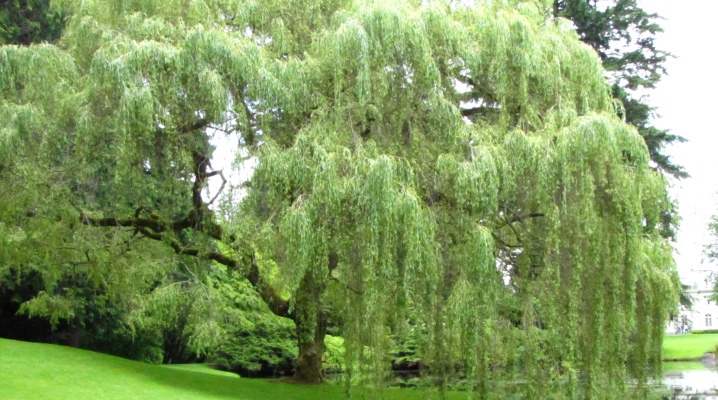
When deciding on trees for the local area, many gardeners often opt for willows. And there are reasons for this: such trees are unpretentious in maintenance, not bulky, and their sophisticated and spectacular appearance allows you to decorate and plant trees on the site. One of the popular types of such crops is the Babylonian willow, the cultivation features of which you can learn from this article.
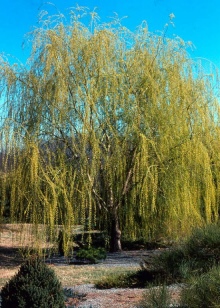
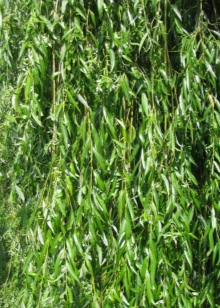
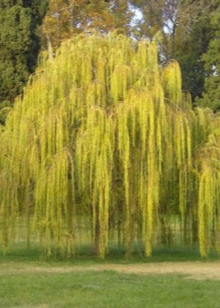
Description
The Babylonian or weeping willow is an incredibly beautiful tree whose crown descends to the ground like a stream of water. The color of the crown is also unusual: red or green with golden reflections. The maximum tree height is 12 meters, and the trunk diameter can reach one and a half meters.
The original area of growth of the Babylonian willow was China, but today the culture is spread throughout the world, including in Russia. A similar tree grows in different places, but especially often it can be found on the banks of reservoirs.
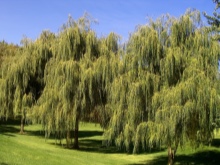
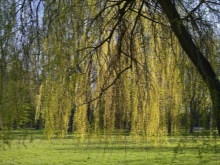
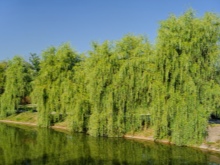
It is worth noting that the weeping willow is very fond of sunlight and water.
She is not too afraid of the cold, but if severe frosts are coming, the tree will need shelter. The trunk and branches of the willow are knotty, and over the years it only grows. The tree is pollinated in the middle or at the end of spring, while the culture exudes a delicate, pleasant aroma, to which numerous insects fly. The willow earrings are thin, very showy. The root system is powerful, and it grows until a place with sufficient moisture is found for full growth.
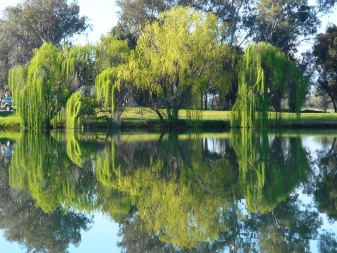

Popular varieties
As a rule, gardeners use two varieties of Babylonian willow for growing on plots: "Tortuosa" and "Crispa".
"Tortuosa"
This variety is a shrub with intertwined, twisting branches. At home, it is rarely higher than 2-3 meters, although in the wild it can rush strongly upward. The leaves of "Tortuosa" are long, edged, twisted in a spiral shape. The shoots are brown or swampy, so they look spectacular in winter. "Tortuosa" blooms from the beginning of spring to its middle, and at this time you can admire the beautiful silver earrings covering the tree.
This willow variety does not tolerate shady places, what is important to consider when landing. The crop requires a lot of sun and is sensitive to frost.
In winter, a tree covered with snow may freeze, but it is worth noting that the root system is very strong and hardy. Thanks to this, with good care, the shrub will quickly recover.
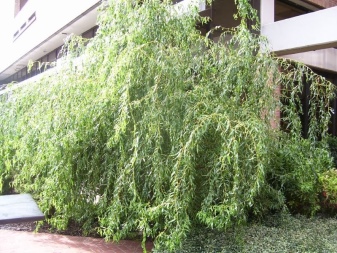
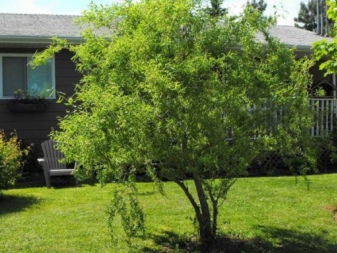
"Crispa"
An incredibly beautiful variety that can become genuine decoration and pride of the site. A small, bush-shaped tree grows up to 2 meters, and its foliage is especially admirable. In this variety, it has a dark green tint, twists in a spiral shape and is very similar to pink buds. "Crispa" blooms at the same time as the previous variety, and in the same way, the whole is covered with catkins.
Like "Tortuosa", "Crispa" is afraid of frost, but its root system allows you to quickly restore shrubs after frostbite.

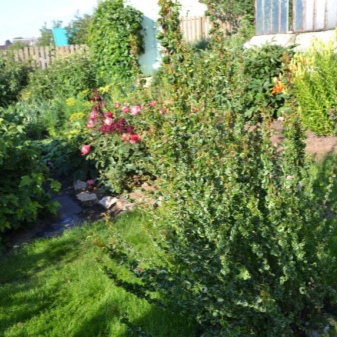
Planting and care tips
Babylonian willow will only grow and develop in sunny places, therefore it is important that the site is not shaded by roofs of houses and crowns of tall trees... In addition, you will have to protect the planting area from drafts, which the willow does not tolerate.As for the soil, the culture does not impose special requirements on it.
Another important point is the "floor" of the tree. Planting is recommended for "male" types of culture, as they bloom more beautifully and are much more hardy. Defining "men" is quite simple: when they bloom, no fluff is formed on the earrings.
Experienced gardeners recommend planting a weeping willow next to a reservoir. In this case, you can save yourself from the need for regular watering, since the roots themselves will produce water. Also, these willows are often planted in lowlands, where water is usually stagnant. Mature willows pull it out of the soil and then evaporate, thereby improving the characteristics of the soil.
In addition to removing excess fluid, willow takes many harmful substances from the ground. Because of this, it can be planted on contaminated soil, where other crops quickly die.
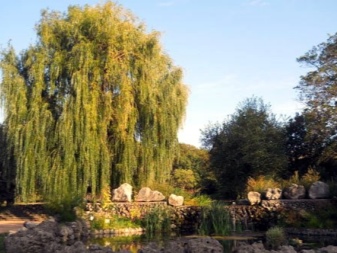
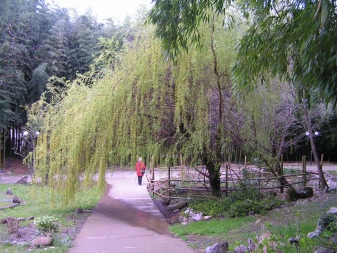
Before planting a willow in a permanent place, you need to prepare a hole. A hole is dug out twice the diameter of the seedling, half filled with a mixture of peat, compost and garden soil (all ingredients are in a 1: 1: 1 ratio). Then 10 liters of clean water are poured into the pit. The seedling is placed in the middle, the roots are adjusted so that they are evenly spaced and not intertwined. The young tree is covered with the remains of the soil mixture, watered again.
Practice shows that willows, planted directly with an earthen lump, take root much better... When taking out a seedling growing in a container, do not shake the soil from the roots. This will allow the tree to quickly adapt to the new "home". In addition, such seedlings can be planted at any convenient time, unlike specimens with open roots, which need to be planted in early March, when the snow melts, or closer to the end of September, during the period of active leaf fall.

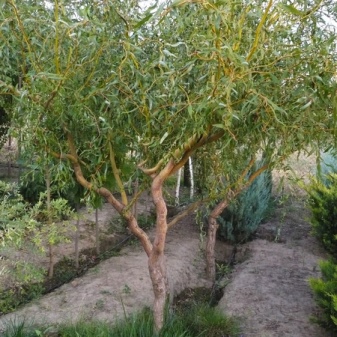
It is not difficult to care for the Babylonian willow. If it is planted near a reservoir, it should not be watered, the only exceptions are very young trees that do not yet have strong roots. Willows located far from water will have to be watered regularly as the soil dries out. The tree is very fond of water, and you should not be afraid to overflow it. However, in the season of frequent precipitation, watering should still be stopped.
In addition to watering, the area around the tree should be loosened from time to time. This allows oxygen to penetrate more actively and gets rid of weeds. In autumn, the willow tree trunk can be mulched with fallen leaves, sawdust or needles, so that the tree overwinters more easily. Young seedlings must be covered for the winter.
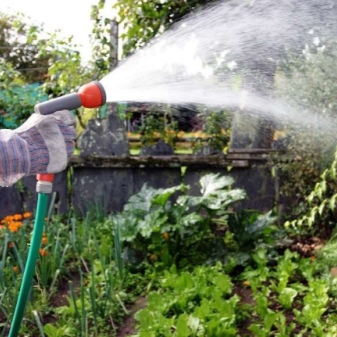
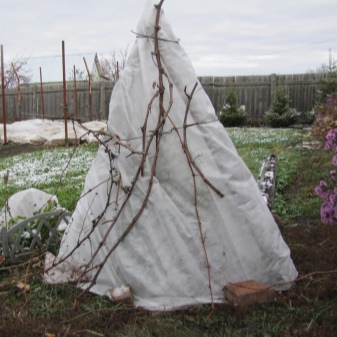
An important point of care is pruning. Sanitary is carried out before the start of sap flow, immediately after the opening of the tree in winter. With the help of a pruner, they cut off dead, dried branches, and then process the cuts with garden pitch. Formative pruning can also be done, but in most cases the Babylonian willow grows in the correct shape and initially looks very beautiful.
As for dressings, they are not needed in the first year of the life of the culture. Then the tree is fed in the spring and autumn. You can take fortified mineral fertilizers.
It is imperative to carry out treatment for diseases and pests, since the willow is weakly opposed to them. This is done in early spring.
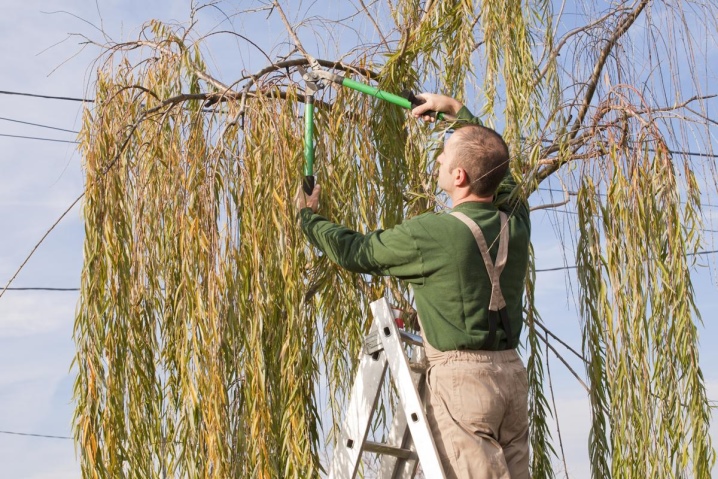
Reproduction
The Babylonian willow is propagated in only one way - cuttings... This technique is incredibly easy to perform. You need to take a cutting with 6 to 8 buds and just plant it in moist soil, and then water it regularly. The tree will quickly settle into a new place. If you are afraid that this will not happen, put the cutting in water and wait for the roots to appear, while you can use root growth stimulants. After that, all that remains is to plant the specimen in the ground.

Diseases and pests
Unfortunately, weeping willow is very often affected by all kinds of diseases. Among them, a special place is occupied by fungal ailments: powdery mildew, brown and black spot, rot, willow scab. In addition, Babylonian willows are often affected by necrosis, which rapidly develops on young or weak crops, almost always leading to their death.
As for pests, the most dangerous of them is birch core fly, from which there is no means of salvationI am. Also, the tree can be attacked by willow wolf, leaf beetle, aphids, spider mites.
They fight insects in different ways: attracting birds, processing with soap or tobacco solution. In severe cases, insecticides are used.

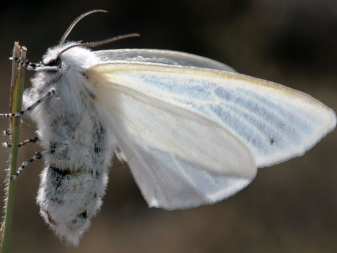
Application in landscape design
Delicate weeping willows are widely used in landscaping gardens and house plots. They can be planted solo in open areas and lawns, and also serve as the center of composition among shorter crops. Willows growing in flower meadows look very beautiful.
To decorate such a flower garden, it is better to choose small and bright flowers that will frame the tree trunk circle.
Another option for using weeping willow is to create a hedge. To implement this idea, the seedlings are placed at a distance of 1.5 meters from each other. Growing up, they will intertwine with crowns, creating a spectacular living wall. In addition to such a hedge, experienced gardeners create whole compositions of willows: labyrinths, arches, gazebos. It is also used to decorate artificial reservoirs, rockeries, alpine slides.
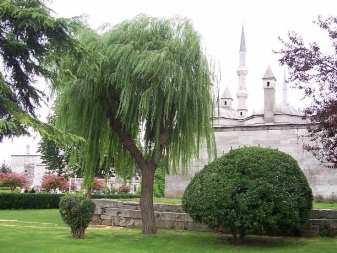
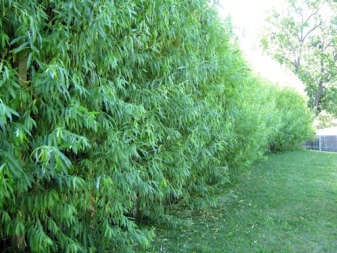



































































The comment was sent successfully.